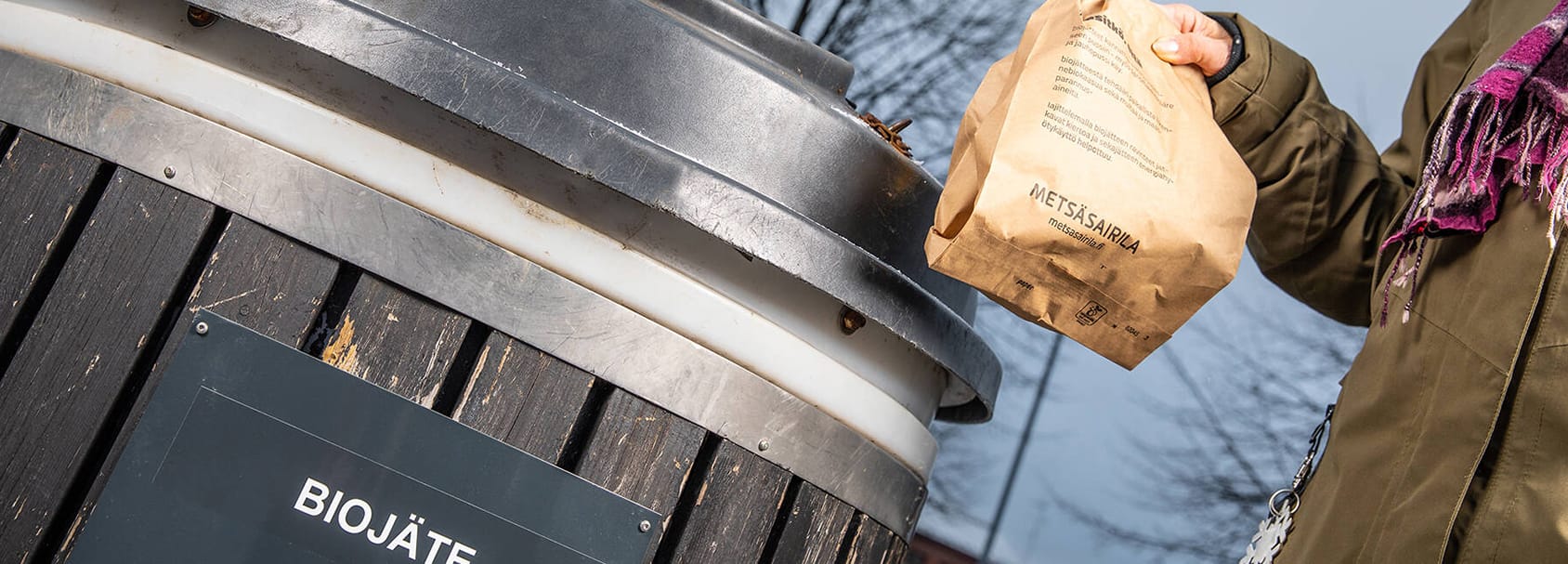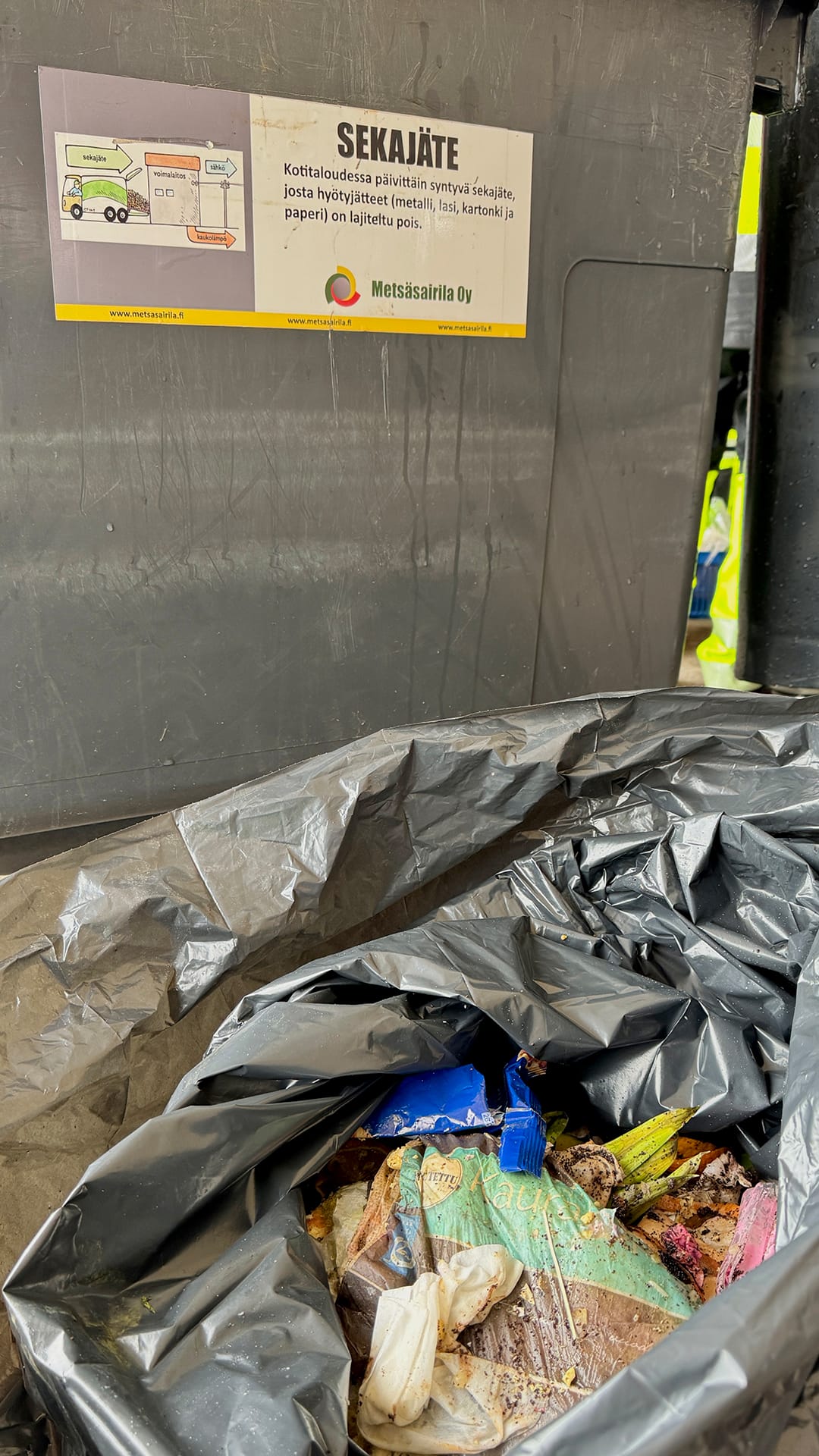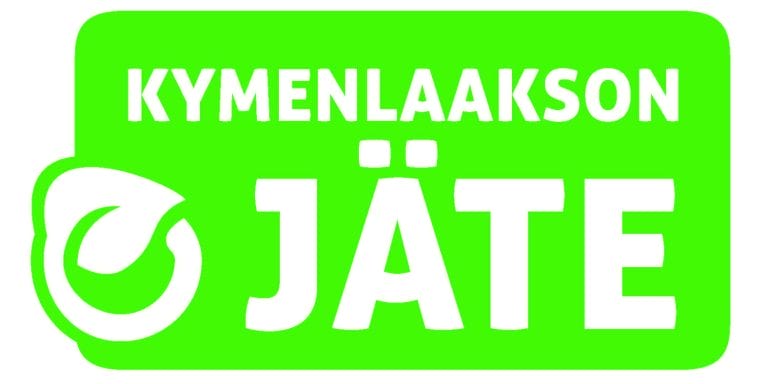


Bioflow – Driven by biowaste
A lot of biowaste still ends up in mixed waste. In this case, part of the energy and nutrients contained in the biowaste is lost. Biowaste in mixed waste weakens the recyclability of other materials and also reduces the amount of energy obtained from the part of mixed waste that goes to incineration.
There is still room for improvement in the sorting of household waste.
More research and raising awareness
The goal of the Bioflow – Driven by biowaste project is to increase the recovery of nutrients from household waste in the South Savo region. The aim is to regionally increase the sorting of household waste and thus the amount of separately collected biowaste. The project strengthens the utilization of biowaste and the production of methane and transport biogas. Low-carbon is also being considered in logistics by promoting the use of biogas as a motive power in e.g. waste transport.
The goal is to increase the recovery of nutrients from household waste in the South Savo region.
By raising awareness, the aim is to increase the knowledge of permanent residents and vacationers in the area about the advantages of sorting waste and to promote the circular economy. In the project, the nutrient potential of the South Savo region is investigated through a review of different municipalities. Metsäsairila Oy in Mikkeli and Kymenlaakson Jäte Oy in Mäntyharju-Pertunmaa are involved in the project regarding the measures implemented.
Actions
WP 1. Increasing the separate collection of biowaste – activating residents
WP 2. Waste bins and collection methods promoting the circular economy in urban areas and sparsely populated areas
WP 3. Pilots to improve the separate collection of biowaste
WP 4. Communication and reporting

Results
As a result of the project, consumers better understand the benefits of sorting biowaste. At the same time, a clear increase in the sorting level of biowaste in the pilot areas will be achieved, whereby biowaste can be utilized in a cost-effective and environmentally friendly manner, regardless of the location of the accumulated waste. The increase in the amount of separately collected biowaste that can be used increases the recovery of nutrients and the self-sufficiency of the area. Further processing of biowaste increases the amount of renewable energy, including biogas. The developed operating models can be replicated for other regions.
This will help society to tackle climate change and promote a circular economy.
Experiences and articles
More information
Facts
Bioflow – Driven by biowaste
Info
Budget
Project partners









